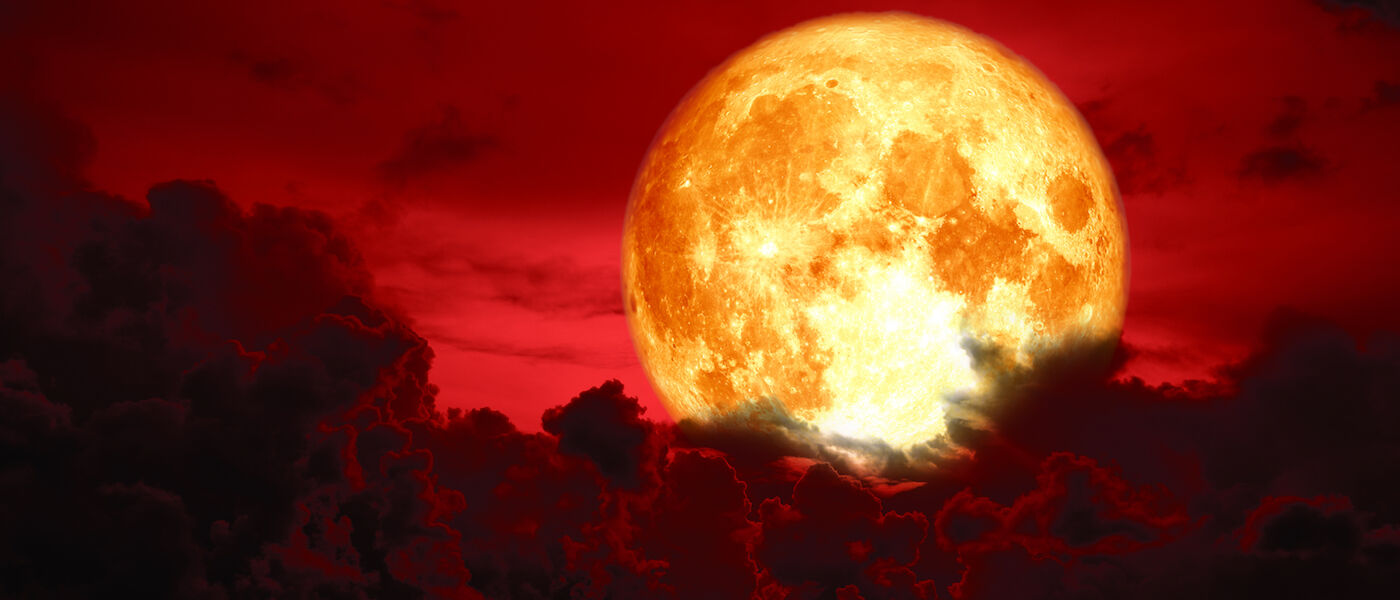So what exactly is a supermoon?

By now, you’ve almost certainly heard about the total lunar eclipse coming up this Sunday, Jan. 20!
That night, Liberty Science Center is going all-out with our Lunar Mania event. You’ll be able to observe the eclipse through telescopes, learn about eclipses in our planetarium, make your own craters, and more. These special activities start at 6:00 pm and run until 1:00 am. Video of the eclipse will be streamed on our massive screens, providing a perfect view, rain or shine.
You may have also heard that this Sunday will be a “super blood moon.” But what exactly does that mean?
The term "supermoon" refers to the Moon appearing larger in the sky because it is closer to Earth. At its closest, the Moon is 14% larger and 30% brighter. This closest point is called perigee.
"Blood moon" refers to the red color that covers the surface of the full moon during a total lunar eclipse. This happens because of the Earth’s atmosphere. While the Moon passes into the shadow created by the Earth blocking the Sun, some of the sunlight still passes through our gaseous atmosphere.
Now you know those terms, but what about some of the other types of moons you may have heard about?
- Blue Moon: Blue moon refers to a full moon that occurs twice in the same month. This is a rare occurrence – thus leading to the phrase “once in a blue moon.”
- Full Moon: Full moon is one of the lunar phases, occurring when the Earth is between the Sun and the Moon. From our perspective on Earth, the entire side of the Moon facing us is lit by the Sun’s light.
- Wolf Moon: This term is harder to pin down, as it is originally mentioned in the Old Farmer’s Almanac in the early 1900s. It’s possible that it refers to the full moon that occurs in January, when the wolves would be howling due to the lack of food in the cold winter month.
Join us this Sunday, Jan. 20 for Lunar Mania! Click here for more information and details on how to get tickets.
